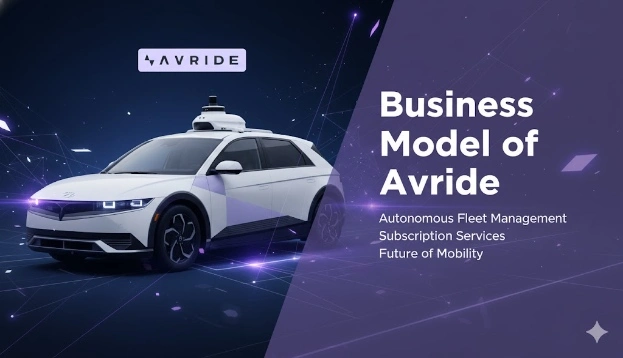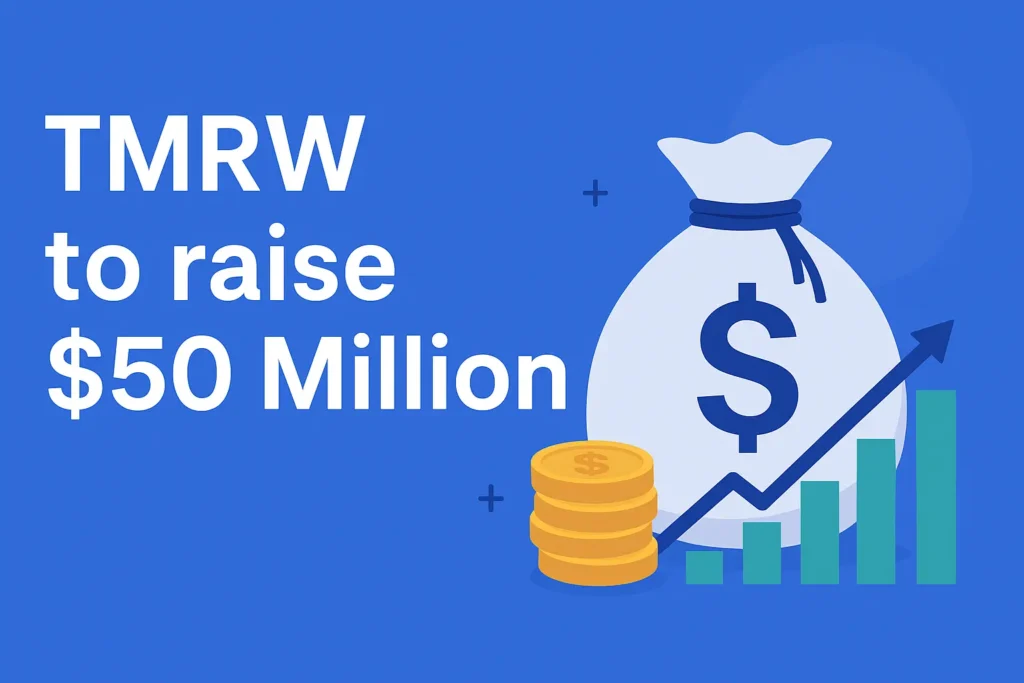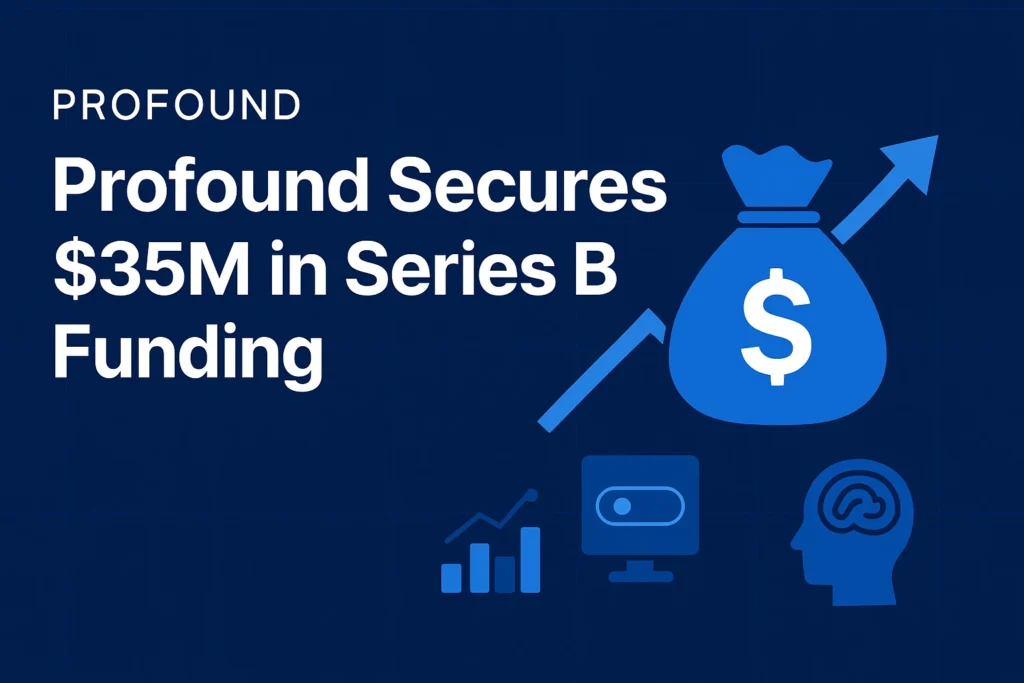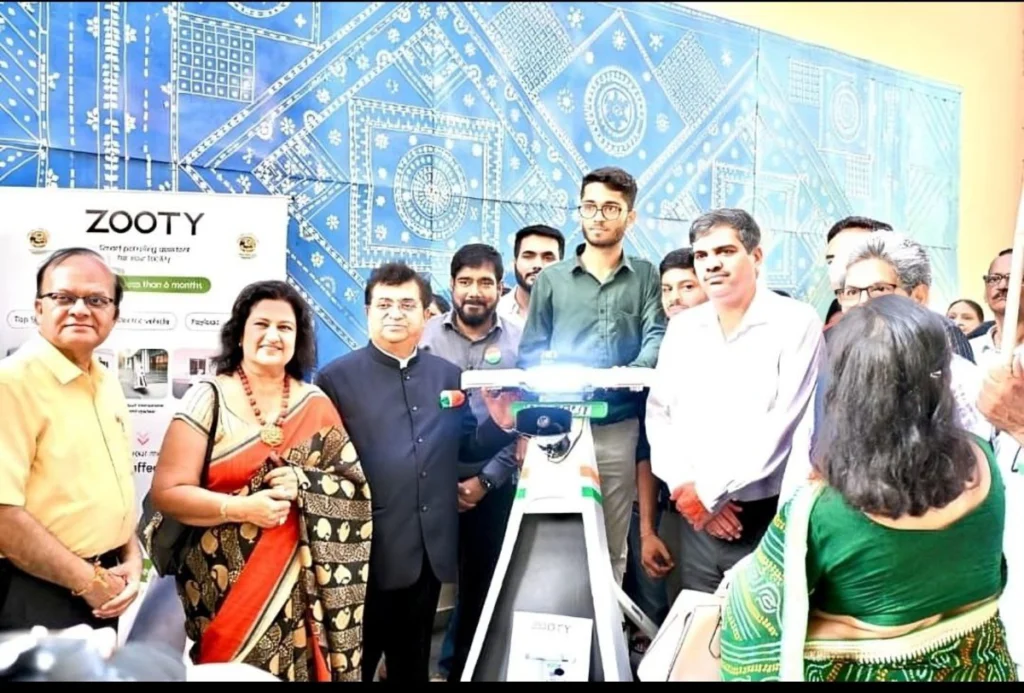| Category | Details |
|---|---|
| How Avride Started | Business Model of Avride: Avride was founded in 2020 as a spinoff from Yandex’s self-driving technology group, which had been developing autonomous systems since 2017 under former parent company leadership. The founding emerged from Yandex’s corporate restructuring following founder Arkady Volozh’s EU sanctions in 2022, with the autonomous division separated and rebranded under Nebius Group ownership. CEO Dmitry Polishchuk leads the team of former Yandex engineers who spent years developing Level 4 autonomous capabilities across Russian and international markets. The founding strategy centered on dual-technology development: autonomous robotaxis built on retrofitted Hyundai Ioniq 5 EVs alongside sidewalk delivery robots, both powered by shared AI infrastructure enabling continuous cross-modal learning. Early operations by Avride launched delivery robot partnerships with Uber Eats and Grubhub establishing commercial viability before scaling to passenger robotaxis. |
| Present Condition of Avride | Avride currently operates with up to $375 million in strategic investments and commercial commitments from Uber Technologies and Nebius Group, structured with performance-linked milestones potentially bringing total funding to the full amount. Operations span Jersey City, Austin, and Dallas with hundreds of thousands of autonomous delivery orders completed commercially. The technology platform features lidar, radar, cameras, and proprietary computational hardware designed for high redundancy achieving safety validation without at-fault accidents. Current fleet includes delivery robots operating on sidewalks and early-stage robotaxi prototypes testing in Texas markets. Multi-year partnership with Uber signed in 2024 lays groundwork for integrated autonomous mobility on Uber’s platform. The Austin headquarters coordinates development while Amsterdam-based parent Nebius provides AI cloud infrastructure supporting computational requirements. Competitive positioning places the company alongside Waymo, Cruise, Motional, and Zoox but differentiated through dual-modality approach and Uber distribution partnership. |
| Future of Avride and Industry | Avride Plans target scaling fleet to 500 vehicles by 2026, with Dallas robotaxi service launching on Uber’s platform by end of 2025. Expansion roadmap includes additional U.S. cities leveraging Uber’s existing ride-hailing demand networks. The global robotaxi market valued at $1.95 billion in 2024 projects explosive growth to $43.76 billion by 2030 representing 73.5% CAGR positioning autonomous mobility among transportation’s fastest-expanding segments. The broader autonomous vehicle market projects reaching $214.32 billion by 2030 driven by technological maturation and regulatory approvals. Industry forecasts indicate 2.5 million robotaxi fleet deployment by 2030 worth $40 billion in value growing 60%+ annually, with Level 4 and 5 autonomy achieving 85% of market share. Cities like San Francisco, Phoenix, Austin, and Wuhan have approved commercial robotaxi operations without safety drivers enabling revenue generation. Dubai aims for 25% of all trips autonomous by 2030 while China presents systematic frameworks supporting large-scale deployment. |
| Opportunities for Young Entrepreneurs | Young entrepreneurs can leverage the ecosystem through fleet operations and maintenance services—managing vehicle cleaning, charging infrastructure, and routine maintenance for autonomous fleets lacking traditional driver oversight. Teleoperations support represents opportunities providing remote assistance when autonomous systems encounter edge cases requiring human judgment. Data labeling and annotation services help train AI models by categorizing sensor data from millions of autonomous miles. Insurance and risk assessment products tailored to autonomous fleets address novel liability frameworks and actuarial models. Customer experience optimization includes building rider interfaces, entertainment systems, and comfort features differentiating commoditized transportation. Regulatory consulting helps autonomous operators navigate complex city-by-city approval processes and safety validation requirements. Infrastructure adaptation opportunities exist retrofitting parking structures, pickup zones, and traffic management systems for driverless operations. Real estate services identify optimal staging locations for autonomous fleets based on demand patterns and charging availability. |
| Avride’s Market Share | Operations remain early-stage compared to market leaders Waymo operating 700+ robotaxis processing 150,000+ paid rides weekly and Baidu’s Apollo Go completing hundreds of millions of rides across Chinese cities. The dual-technology platform differentiates from pure-play robotaxi competitors including Cruise, Zoox, and Motional focusing exclusively on passenger transport. Delivery robot operations compete with Starship Technologies, Serve Robotics, and Nuro in last-mile autonomous logistics. Strategic partnership with Uber provides distribution advantages versus standalone operators needing independent customer acquisition. The hundreds of thousands of completed delivery orders demonstrate commercial traction but represent minimal share of the projected 2.5 million vehicle 2030 market. Geographic footprint limited to three U.S. cities positions the company for expansion but behind Waymo’s multi-city scale. Uber integration creates marketplace positioning capturing value through platform aggregation rather than fleet ownership competing with multiple autonomous technology providers. |
| Avride’s MOAT (Competitive Advantage) | Competitive advantages include dual-modality platform where delivery robots and passenger vehicles share AI development, sensor fusion algorithms, and perception systems enabling faster learning curves as insights from millions of sidewalk interactions improve passenger safety systems. Uber partnership provides instant market access eliminating customer acquisition costs that burden standalone robotaxi operators while guaranteeing demand for deployed capacity. Shared AI infrastructure with Nebius leverages parent company’s cloud computing capabilities reducing computational costs versus competitors building proprietary data centers. Former Yandex engineering talent brings years of autonomous development experience including harsh weather testing and diverse traffic conditions. Performance-linked funding structure aligns investor incentives around commercial milestones rather than research achievements creating accountability advantages. Retrofitted Hyundai Ioniq 5 platform enables capital-efficient scaling using proven EV architectures rather than designing custom vehicles requiring regulatory approvals. Multi-city regulatory relationships established through early operations create knowledge advantages navigating complex approval processes as expansion accelerates. |
| How Avride Makes Money | Revenue generation follows autonomous mobility economics with ride fees charged to Uber passengers using robotaxis on the platform, with revenue-sharing arrangements between the operator and Uber similar to traditional driver partnerships but retaining larger portions without driver compensation expenses. Delivery service fees from Uber Eats and Grubhub partnerships provide recurring revenue as robots complete last-mile logistics orders, charging per-delivery rates competitive with gig-economy couriers. Fleet leasing or licensing arrangements could emerge where technology gets deployed on third-party vehicles with subscription fees or per-mile charges. Data and AI services represent potential revenue streams as autonomous systems generate valuable datasets about traffic patterns, infrastructure conditions, and consumer behavior. Strategic partnerships with automotive manufacturers could generate licensing revenue as carmakers integrate autonomous capabilities into production vehicles. Government contracts for autonomous transit in specific districts or campuses provide stable revenue complementing commercial operations. As fleet scales, operational efficiencies from 24/7 utilization without driver costs, reduced insurance expenses from superior safety records, and bulk charging agreements improve unit economics toward profitability projected within 3-5 years of full-scale deployment. |
I’m Araib Khan, an author at Startups Union, where I share insights on entrepreneurship, innovation, and business growth. This role helps me enhance my credibility, connect with professionals, and contribute to impactful ideas within the global startup ecosystem.




